Frank Rubino’s letter of invitation and inspiration to the weekly Red Wheelbarrow Poets’ Workshop of June 29, 2021
Hi Everybody-
This week I read a conversation between Super Mario Brothers Creator Shigeru Miyamoto and Nintendo guy Bill Trinen.
Bill Trinen: It actually goes back to the way they designed the original Super Mario Bros., where when they tested it, originally, there was no Mario and there was no person. It was just a block. And you would press the button and see the block move. There’s actually a word in Japanese that describes what you’re talking about — the feeling — which there is no word for in English. In Japanese it’s called tegotae …
Miyamoto: … tegotae …
Trinen: … which if you were to translate directly sort of means ‘hand response.’ There’s also hagotae, which is the sense that you get on your teeth when you’re eating food.

https://www.nytimes.com/2018/11/02/obituaries/mario-segale-dies-super-mario.html
This got me thinking about the virtue of vividness. Effective poems have … hagotae.
Hagotae is a good thing to get into a poem, I think. I’ve been reading James Wright a lot lately, and so many of his poems have it. I like The Flying Eagles of Troop 62. which I’ve shared with you. It’s a prose poem honoring Wright’s scoutmaster Ralph Neal. the man’s name is the first instance of vividness, in the opening sentence. Then there’s a phonetic translieration of the Scout’s oath; then the pain of the Boy Scouts’ pubescent gonads.
The poem has much more vividness, including the end, where Wright talks about ‘ice breaking open in me’ at the mention of Ralph Neal’s name and the garfish (not the pike or the trout) of his feelings escaping into a hill spring, where crawdads are burrowing in the mud to ‘get the cool.’
So, yes, we admire concrete details blah blah, but this poem does a lot more than present concrete details. What really makes the details work are the frameworks Wright creates. He gives us an overarching American critique. He writes a Boy Scout Troop group biography that ranges in time and space. And we have a psychological foundation of personal humility if not humiliation that ennobles the presumptive subject of the poem, Ralph Neal.
These frameworks could bury the poem but they don’t. They can’t suppress the weird vividness that pops out like coin bonuses in Marioland. Meanwhile the conflicting requirements of these underlying structures— like the crumbling midair platforms Mario has to jump across— require some anchoring sensations.
What’s the featureless block version of your poem— the no Mario and no person version? Sometimes it’s good to leave your poem at that (or strip it down to that) but Wright puts his in a whole gamescape.
What contexts allow for the details of your poem to have their impacts? Often I’ve got an ethical dilemma or pain of some kind that framing the poem.
Is there any way to test a poem the way you test a game, for tegotae?
What is the tooth-feel (hagotae) of your poem?
(Per an related linguistic study of Japanese onomatopoeia in food language, is your poem motimoti or netineti? Also see phonetic Boy Scout oath above.)




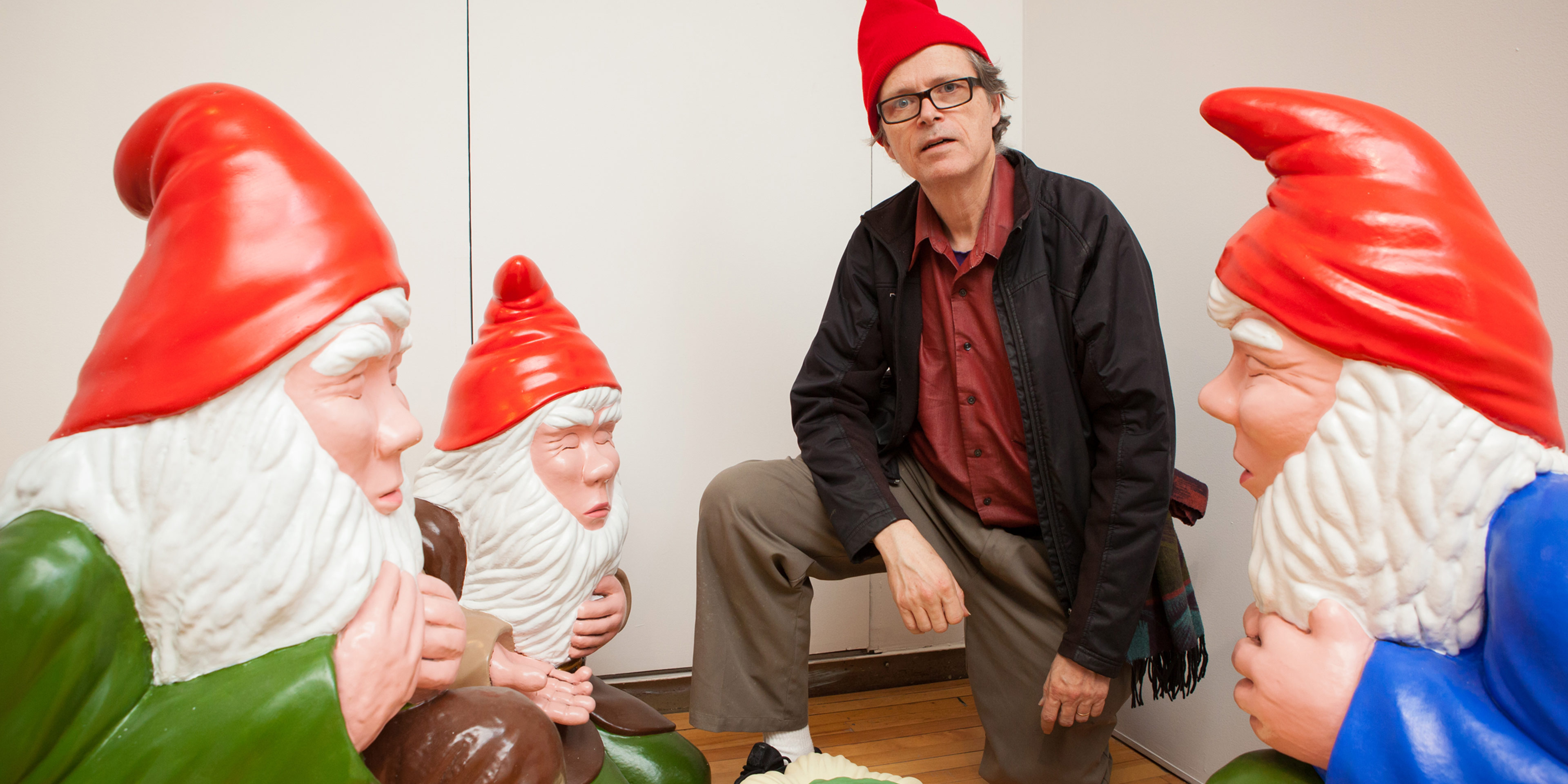
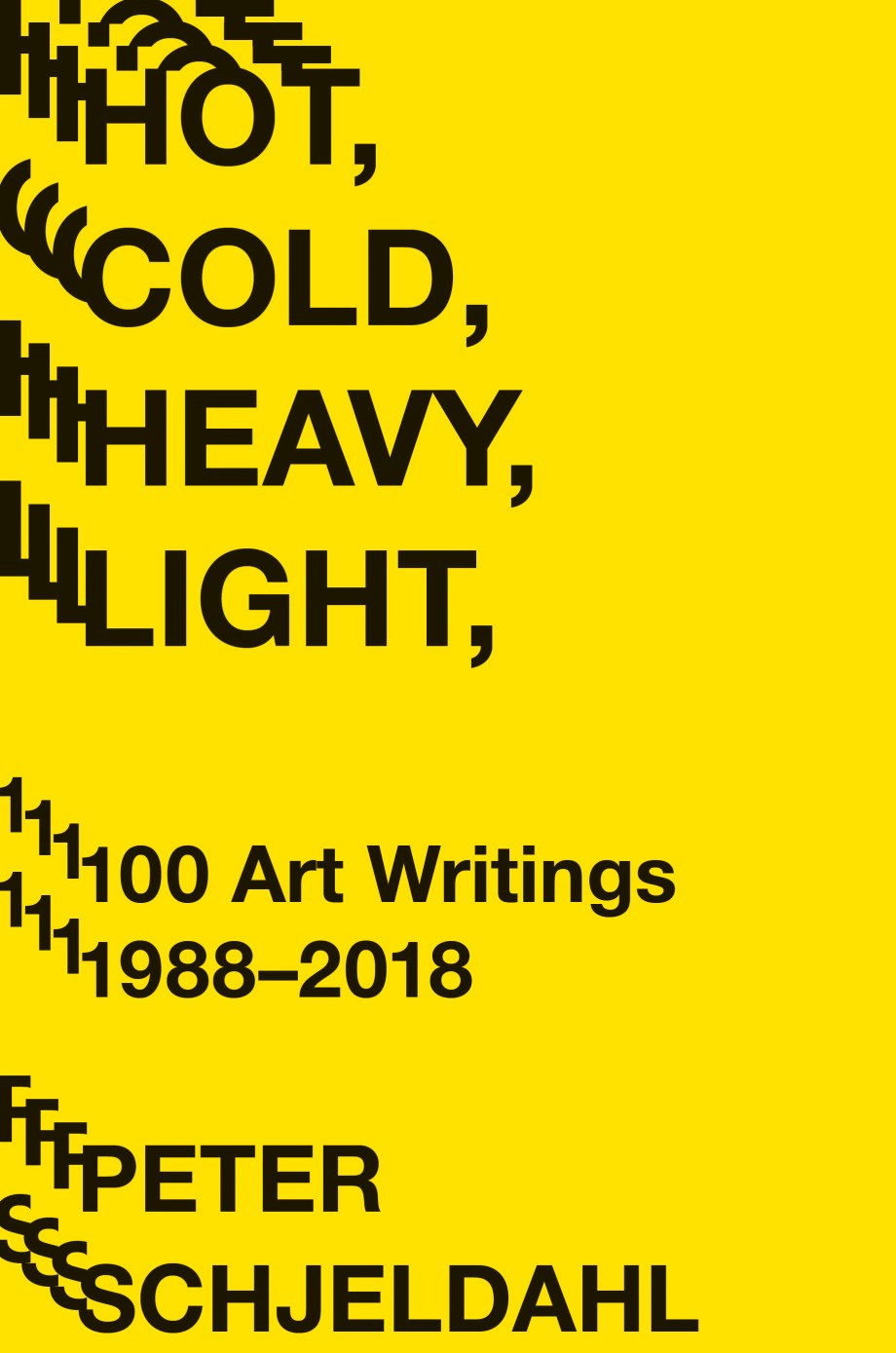

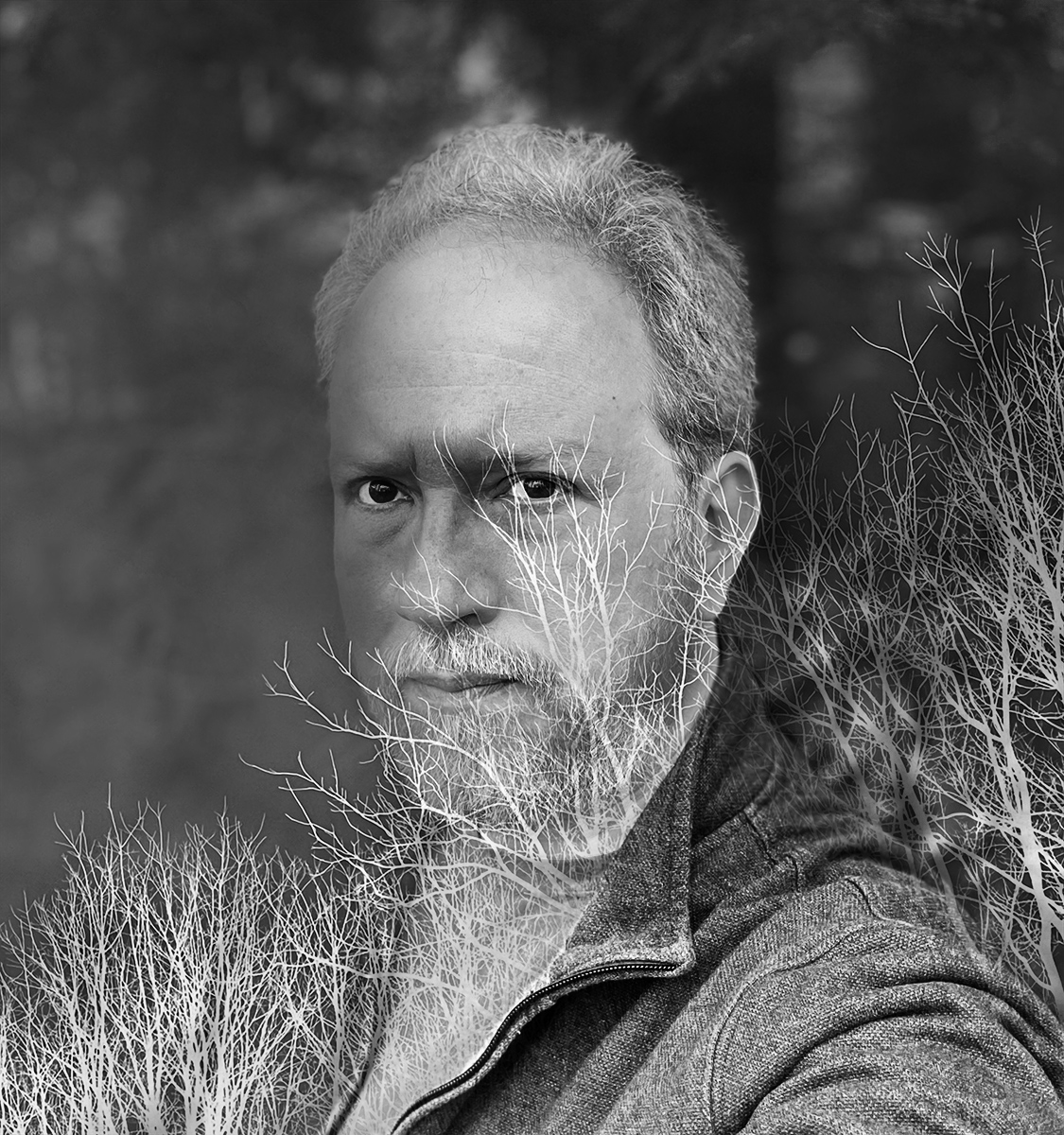
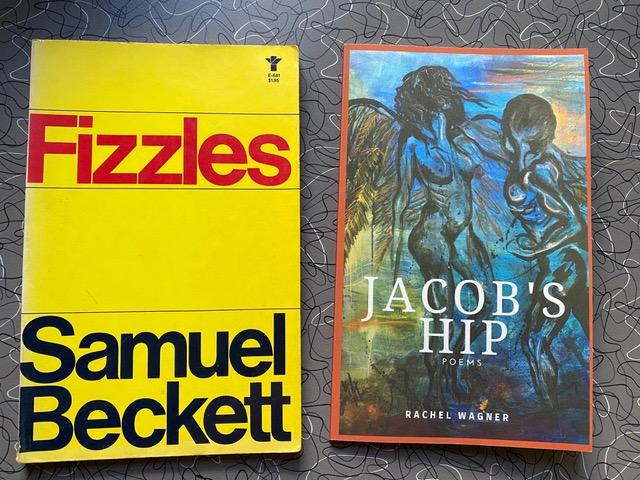

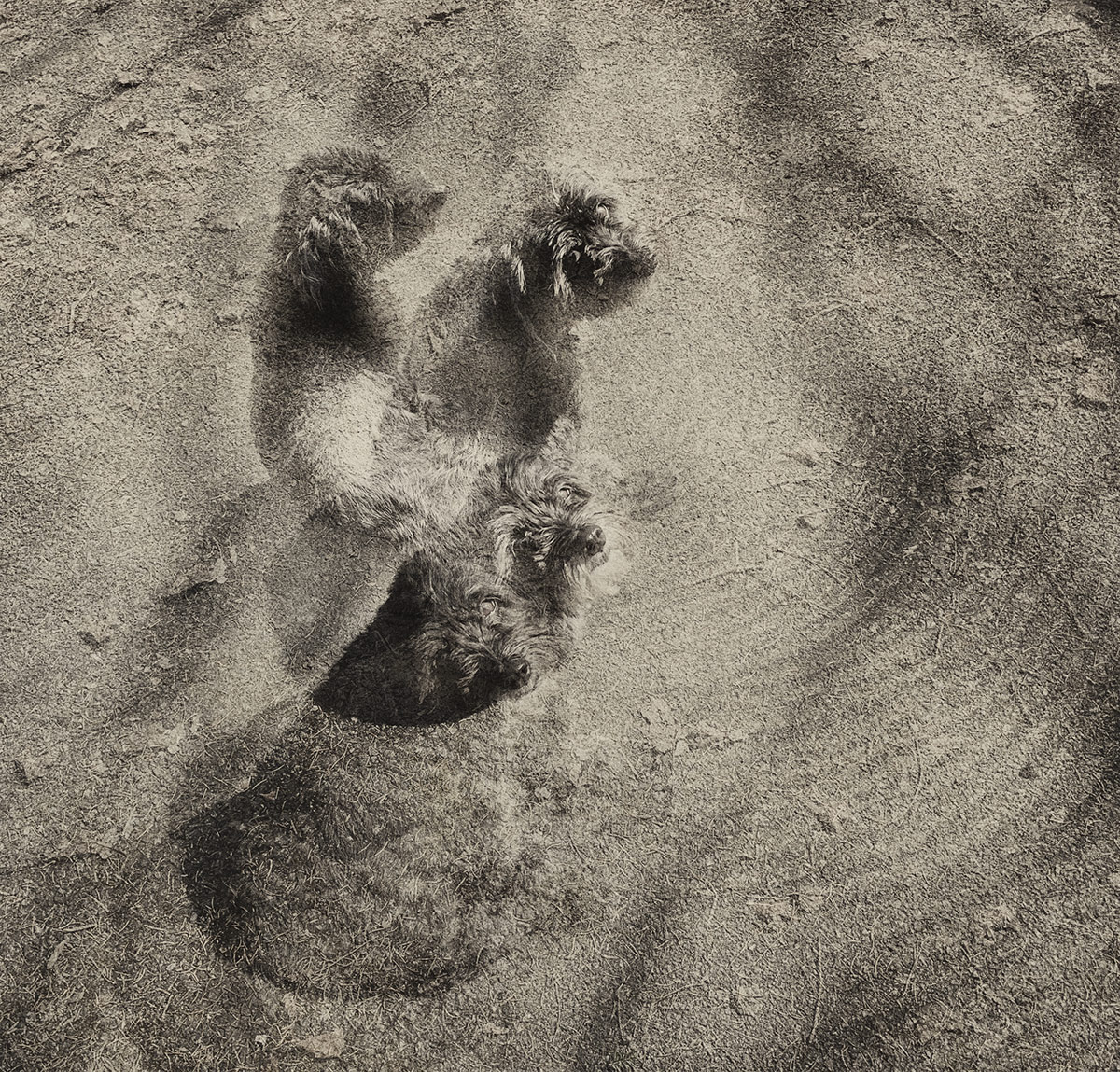
You must be logged in to post a comment.